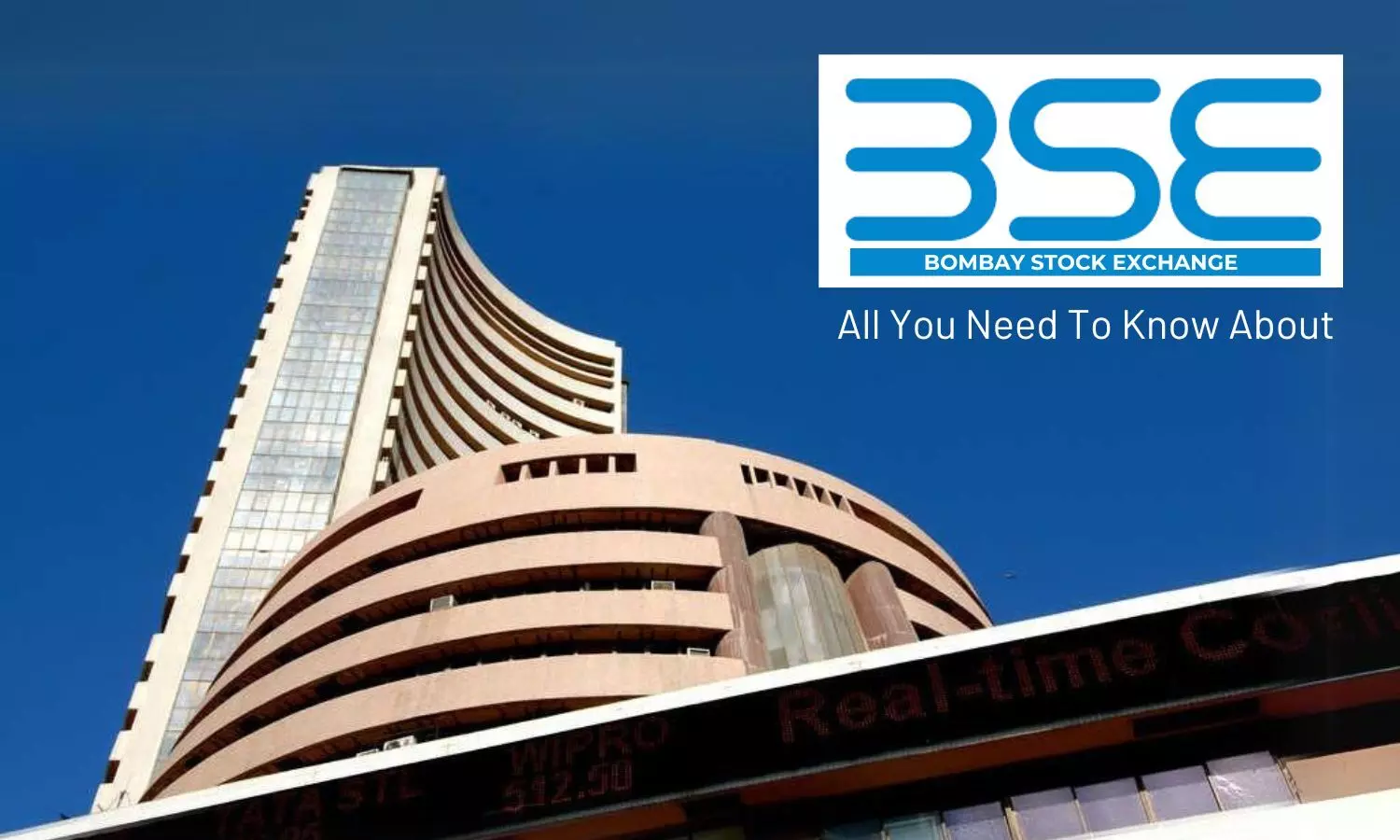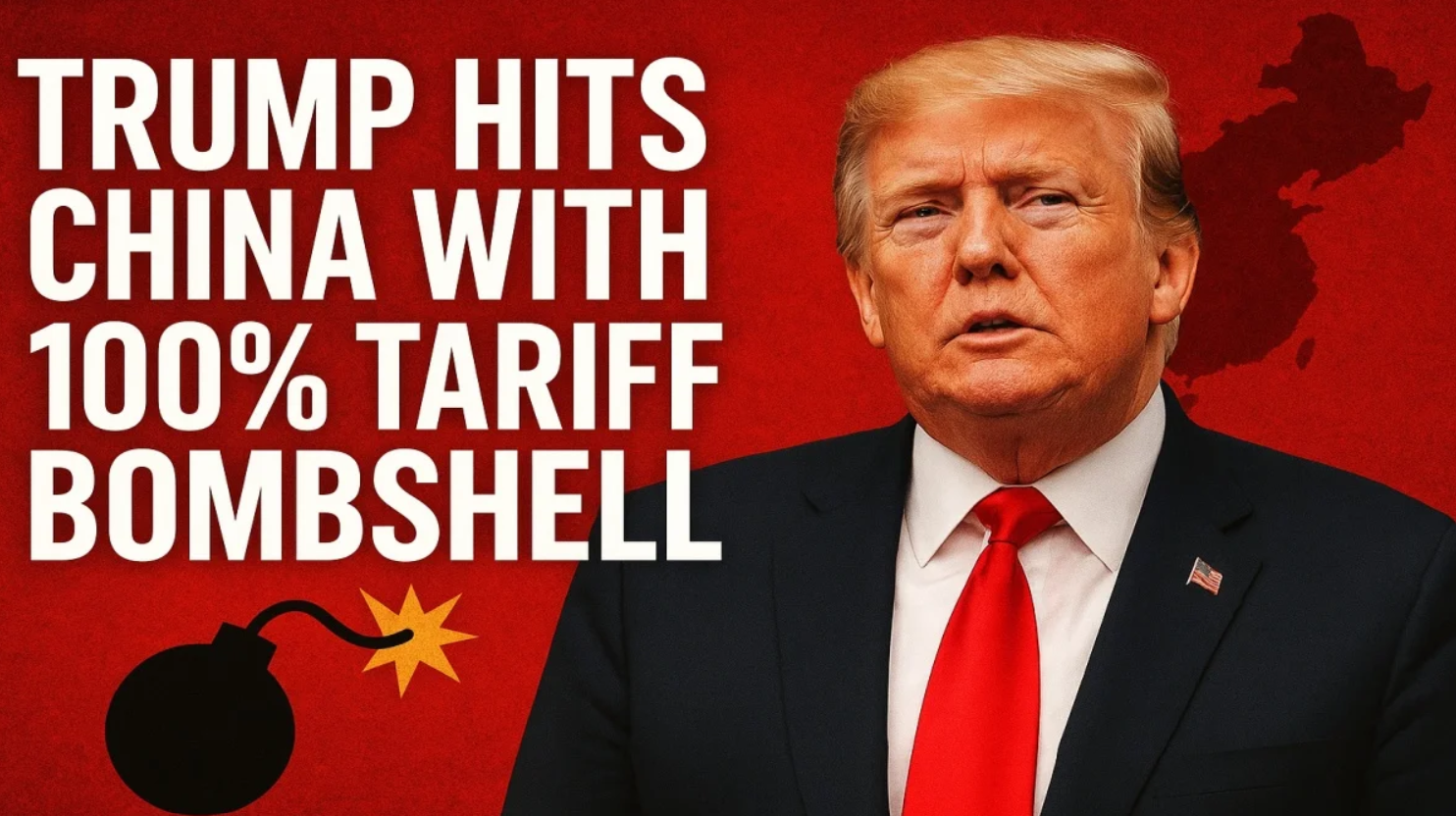Over the past three weeks, India’s equity markets have seen a steady but concerning trend. Both the Sensex and the Nifty have posted losses, slipping close to three percent each. At a glance, it may seem like sentiment is weakening, but the broader picture tells a more complex story. While the benchmarks drift lower, midcap and smallcap stocks are quietly rallying. At the heart of this divergence is a powerful shift in liquidity, led by record-breaking fundraising in primary markets and cautious moves by foreign investors.

So far in 2025, over ₹1.15 lakh crore has been raised through initial public offerings, qualified institutional placements, follow-on offerings, and rights issues. This wave of capital activity reflects growing investor interest in newer, promising companies rather than the overvalued giants that dominate the indices. Among the major listings that drove this momentum were HDB Financial Services, Hexaware Technologies, Schloss Bangalore, and Ather Energy. HDB’s ₹12,500 crore offering alone accounted for more than a fifth of the total IPO haul, while QIPs like the ₹25,000 crore from State Bank of India attracted deep institutional interest.
Yet, as fresh capital flows into these new offerings, it also drains some of the liquidity from the secondary market. This redirection of funds has played a role in keeping index movements subdued, even as the broader sentiment in select sectors remains healthy. While the BSE Midcap and Smallcap indices gained over one percent last week, the Sensex and Nifty fell by 0.90 percent and 0.72 percent respectively.

Another piece of the puzzle is the selling activity by foreign portfolio investors. Concerns around global interest rate trends, mixed domestic earnings, and subdued global cues have caused FPIs to book profits or move capital out. In July alone, FPIs pulled out over ₹5,500 crore from Indian equities, especially from index-heavy stocks where valuations have run ahead of fundamentals.
What has helped balance the selling pressure is the steady support from Indian retail and high net worth individual investors. Mutual funds and portfolio management schemes continue to receive strong inflows, acting as a cushion for market dips. This retail-driven resilience is particularly evident in the small and midcap segments, where investor confidence remains high despite the overall market caution.

Valuations are also a growing concern. With the Nifty currently trading at over 22 times one-year forward earnings, analysts believe the upside may be limited unless there is a clear improvement in corporate earnings. First quarter results for FY26 have been lukewarm, with net profits for the Nifty and BSE-30 expected to grow by just 4 to 6 percent compared to last year. This has led many institutional players to adopt a wait-and-watch approach, further contributing to the sideways movement of the indices.
Looking ahead, experts believe the second half of the financial year could offer more clarity and upside. Domestic economic indicators remain broadly positive, and with fewer external headwinds anticipated in the coming months, earnings could rebound. Until then, investors may continue to favor specific themes and sectors over the broader index.
For now, the market seems to be in a phase of consolidation, where new opportunities are being discovered in the primary market and midcaps, even as larger index stocks face profit booking and valuation pressure. This shift underscores the importance of a diversified approach and deeper research before allocating fresh capital.
For more expert insights, IPO updates, and smart investing tips, follow You Finance on Instagram and Facebook.















